WebScrapingAPI is an automation tool that allows users to extract content from any website. It is simple to use and it can be easily customized based on the user’s specific requirements. As WebScrapingAPI uses the best technology, it is considered to be one of the fastest scrapers available right now.
Web scraping tools, as well as any other automation tool, are extremely restricted by most websites. If a website detects that you’re using WebScrapingAPI, they would immediately ban your account and blacklist your IP address. To avoid this from happening to you, you would need to pair WebScrapingAPI with a proxy.
A WebScrapingAPI proxy will handle all of your data traffic for you so any website you visit will only be able to see the IP address of the proxy server. Through a proxy network, you can continuously rotate proxies so WebScrapingAPI would have a different IP on a set interval. This deceives any website into thinking that WebScrapingAPI’s web requests are from genuine users and not just from a single user so they won’t ban your account.
Let’s set up a WebScrapingAPI proxy server.
For Windows:
To set up proxies in Windows, simply search for “Proxy Settings” in your windows search bar and open the search result.
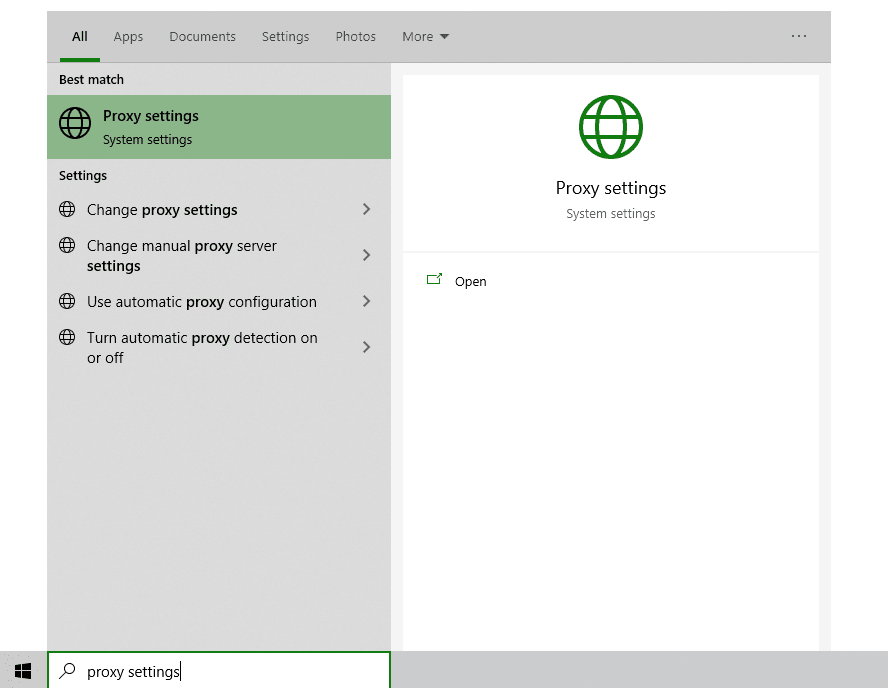
You are then given two options to choose from: Automatic proxy setup or Manual proxy setup. If you want windows to automatically detect your proxy settings, choose the first option. Choose the second option if you want to utilize a specific ip address and port number.
If you chose the first option, then:
- Turn on Automatically detect Settings
- Turn on Use setup script
- Enter the script address
- Click Save
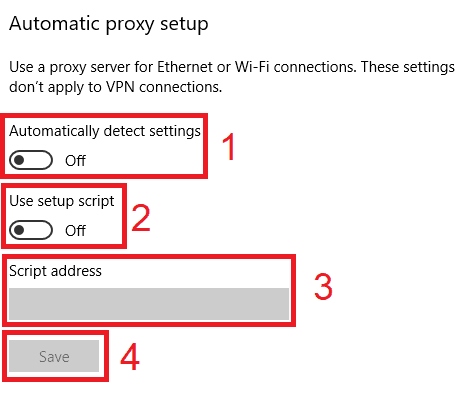
If you chose the second option, then:
- Turn on Use a proxy server
- Input both server address and port number
- If you have any addresses you would like to visit without a proxy, enter them here
- Turn on Don’t use the proxy server for local addresses check box if you want to access a local server without a proxy
- Click Save
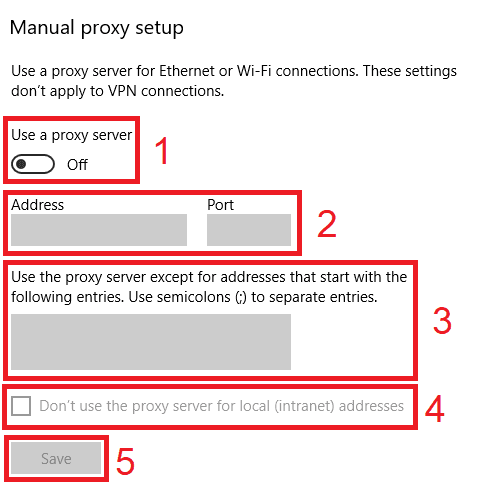 Image Alt Text: Windows Automatic Proxy Setup
Image Alt Text: Windows Automatic Proxy Setup
For Mac:
To start configuring your proxy settings in MacOS, simply:
Step 1. Click on the Apple Icon.
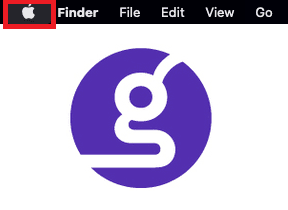
Step 2. On the drop down menu, click on “System Preferences”.
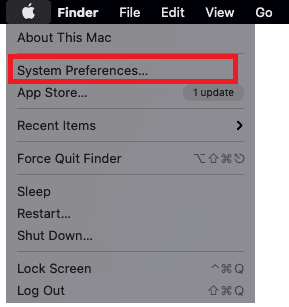
Step 3. Click on “Network”
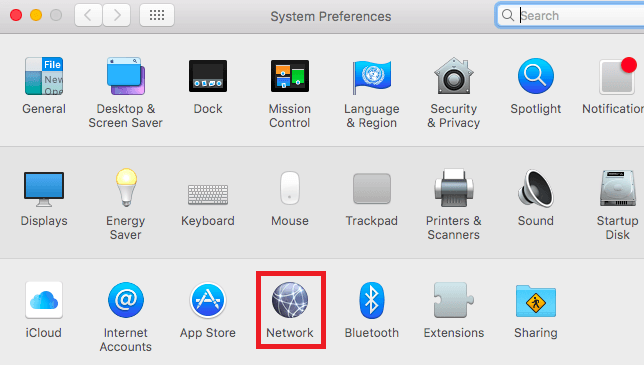
Step 4. Click on “Advanced”
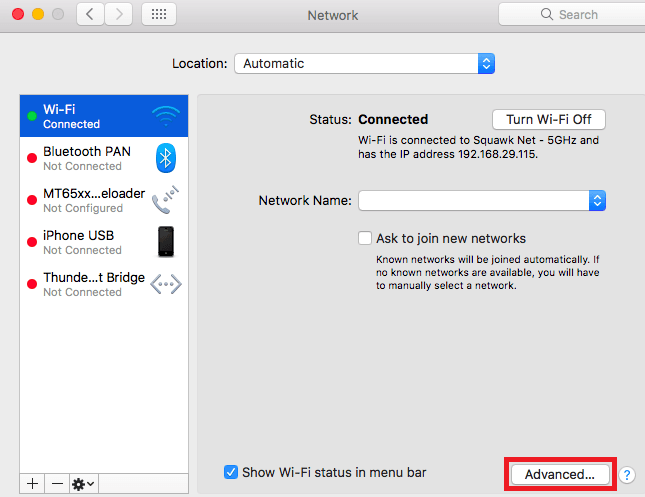
Note: Make sure to connect to your wi-fi first.
Step 5. Click on “Proxies”

This should then redirect you to MacOS proxy settings. MacOS is more straightforward compared to windows. You only have one option which is to manually configure your proxy server.
Here are the steps to follow:
- Select which proxy IP protocol you want to configure. This depends on which protocols your proxy service provider offers.
- Turn on Secure Web Proxy
- Input the Proxy Server Address and Port Number
- Click OK to save the configurations
Note: You may be prompted for your Mac user password to save your settings.
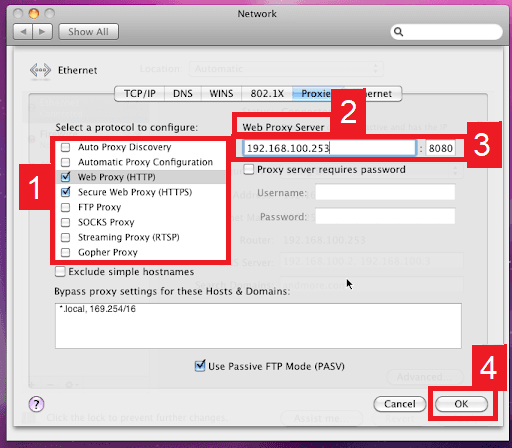 Image Alt Text: Configuring MacOS Proxy Settings
Image Alt Text: Configuring MacOS Proxy Settings
Congratulations! You have now finished configuring a WebScrapingAPI proxy server.




 Image Alt Text: Windows Automatic Proxy Setup
Image Alt Text: Windows Automatic Proxy Setup



 Image Alt Text: Configuring MacOS Proxy Settings
Image Alt Text: Configuring MacOS Proxy Settings